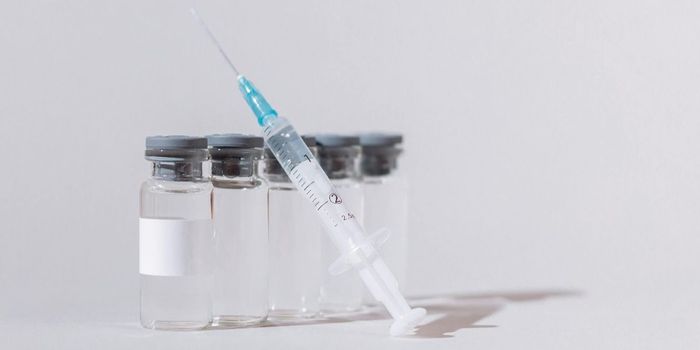A Traditional St. Patrick's Day Dinner: Cabbage and Rashers
Today many will celebrate St. Patrick, the Christian missionary and bishop who would become one of Ireland's patron saints. Legend has it that after being captured by Irish pirates, Patrick became an enslaved shepherd tending to animals in Ireland. After several years in slavery, Patrick escaped his captors and made his way home to Britain. Patrick moved to modern-day France, where he studied to become a priest. He then returned to Ireland, eventually serving as the first bishop of Armagh and Primate of Ireland. Although Patrick did not introduce Christianity to Ireland, historians credit him with converting many of the pagan people of Ireland.
Now, in Ireland and elsewhere, people celebrate both St. Patrick and Ireland's religious and cultural history on March 17, the supposed date of Patrick’s death. Recordings of St. Patrick’s Day celebrations date back over 1,000 years. Traditionally in Ireland, religious festivals headlined St. Patrick’s, which included morning church services and afternoon festivities. St. Patrick’s Day falls during Lent when Christians abstain from eating meat. Thus, in honor of St. Patrick, religious leaders would offer a one-day reprieve from the meat-free Lenten practice. Irish families could then celebrate with a customary meal of cabbage and rashers (Irish bacon, taken from the back of the pig, unlike American bacon, which comes from the belly).
While dancing and drinking happened in the early St. Patrick’s Day celebrations, the green beer, shamrocks, and leprechauns became modern day additions. In honor of the original St. Patrick’s Day festivities, we will take the opportunity to explore some potential cancer-fighting properties associated with the traditional meal of bacon and cabbage.
Cabbage
Cabbage belongs to the Brassicaceae family, a group of pungent-tasting, cruciferous vegetables. Cabbage contains a bioactive compound called allyl isothiocyanate (AITC). AITC, an organosulfur compound , has many pharmacological properties, including anticancer and anti-inflammatory actions. In fact, AITC exhibits anticancer activity against in vivo and in vitro cancer models of many malignancies, including bladder, breast, cervical, colorectal, lung, skin, stomach, and ovarian cancers. Various mechanisms encompass the anticancer activities of AITC. Evidence shows that AITC can interrupt the cell cycle, induce cell death (a process known as apoptosis), suppress metastasis, and prevent the growth of blood vessels needed to facilitate tumor growth (a process known as angiogenesis).
Rashers
In 2015, the International Agency for Research on Cancer (IARC), the cancer-focused arm of the World Health Organization (WHO), classified processed meats, including bacon (both Irish and American varieties), as a Group 1 carcinogen. Indeed, studies have linked processed meats to the risk of several malignancies, including breast, colorectal, stomach, and pancreatic cancers. Bacon undergoes a curing process that uses sodium nitrate, a chemical preservative that protects from bacteria and adds flavor. When sodium nitrate encounters heat, as in the cooking process, it produces a byproduct called nitrosamine, which multiple studies have linked to cancer. Bacon also contains high levels of sodium, another factor that can lead to cancer.
Fortunately for all the bacon lovers, cancer risk from processed meat typically increases with consumption. Therefore, many doctors recommend limiting intake and eating bacon in moderation. Additionally, you can find some alternative options for rashers that forgo the nitrites in exchange for natural flavoring.
Sources: Bioengineering, Biomed Pharmacother, Pharmaceutics, Molec Nutr Food Res, Antioxidants, In J Clin Biochem, Food Nutr, Oncol Letters, Gynecolog Oncol, Int J Epidem, Lancet Oncol, Br J Cancer, Int J Cancer, Nutrients, Aging Dis, Cancer Treat Res









